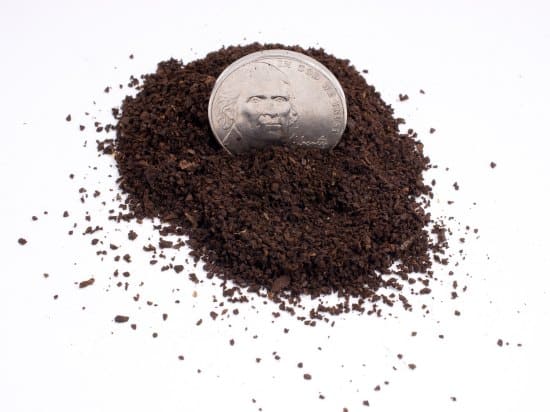Of all the elements that affect the flavor of coffee, the size of the grinds may be the least expected. But as a world champion barista has said, “The grinder’s probably the most important piece of equipment you’re going to buy when brewing a cup at home.” If you’re looking to improve the flavor of your coffee, this is the first adjustment to make. Only a good grinder can do justice to a special coffee, but even an everyday bean can be elevated by the right grind.
Why the grind can make or break the flavor in your cup
At first thought, it seems unlikely to most people that such a small detail would make so much of a difference. But it does!
Why don’t we brew coffee with whole beans? We grind the coffee so that water can come in contact with the hundreds of soluble materials in the beans. The extraction of these compounds into the water creates the color, flavor, and aroma we love.
But the extraction process needs to be just right. If there is too much contact between the water and the grounds, the coffee will be over-extracted and have a bitter flavor. If there is too little contact between the water and the grounds, the coffee will be under-extracted and have a weak flavor.
Finding the right extraction balance, and the best flavor, requires a good match between grounds and the brewing method being used.
Anatomy of the perfect grind
The size of the grounds is very important, but there are also other characteristics that go into the ‘perfect grind’. Here’s a quick summary of what maximizes good flavor.
- Size of the grounds should be a good match for the brewing method. This helps ensure optimal extraction so the coffee is neither bitter nor weak.
- The individual particles in the grind should be a uniform size. Having a range of sizes, from coarse to fine, in the same batch will result in an uneven extraction (both over- and under-) and create a muddy taste.
- Beans should not be exposed to heat created from the grinder. Some grinders can create heat in the process, which can reduce flavor.
- The closer to brewing that the coffee is ground the better. Those wonderful compounds in the beans begin to dissipate when exposed to air. The fresher the better.
Two types of grinders
How do the two types of coffee grinders stack up to the ‘perfect grind’? See the chart below for details.
Blade Grinder | Burr Grinder |
|
| How it Works | A blade (similar to a blender) rotates at a very fast speed and smashes the beans into pieces. | Coffee beans pass between two moving "burrs" (plates with rough edges), which grinds the coffee. |
| Pros | • Typically less expensive • Compact size | • Accurate and repeatable grind sizes • More uniform grinds • Does not create heat • Can grind finely enough for espresso |
| Cons | • Cannot create uniform grinds • Grind size is adjustable but varies • Can create heat during grinding • Cannot create a grind for espresso | • Typically more expensive • Larger size |
| Bottom Line | Blade grinders are inexpensive, fast and the most commonly used models. But, they do not create an optimal grind. | Burr grinders are more expensive, offer you more control over your grinding, and contribute to superior coffee flavor. |
Which grind size to use?
The following guidelines give you a good rule of thumb for matching your grind size to your brewing method.
Extra Fine: Espresso, Moka Pot
Fine: Single-Serve Refillable Pods
Medium: Drip Coffee Maker
Medium Coarse: Pour Over
Coarse: French Press, Percolator
Extra Coarse: Cold Brew
Extra Coarse Grind

Coarse Grind

Medium Coarse Grind

Medium Grind

Medium Fine Grind

Fine Grind

Extra Fine Grind

Coffee grind photos by Chris Arnold, licensed under a Creative Commons Attribution-NoDerivatives 4.0 International License. Courtesy of INeedCoffee.


